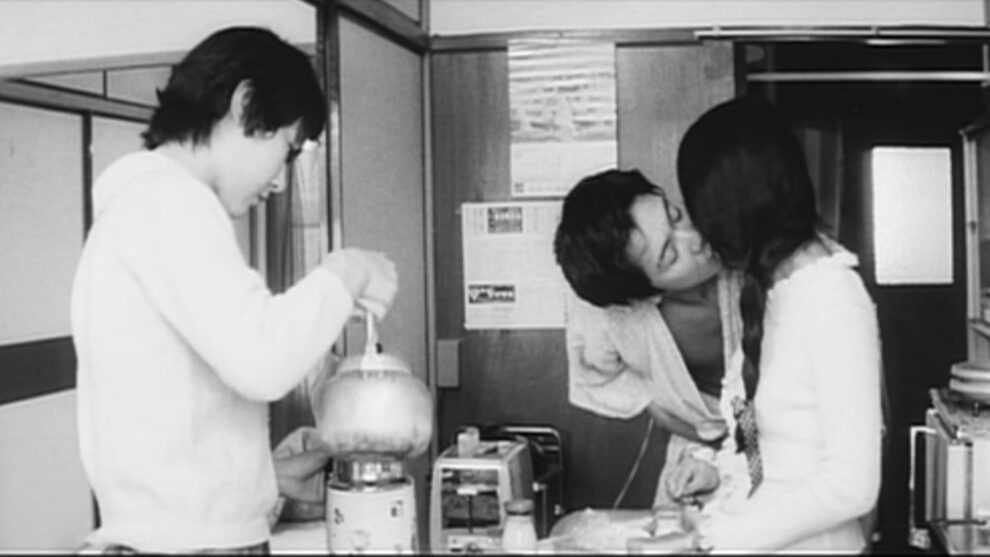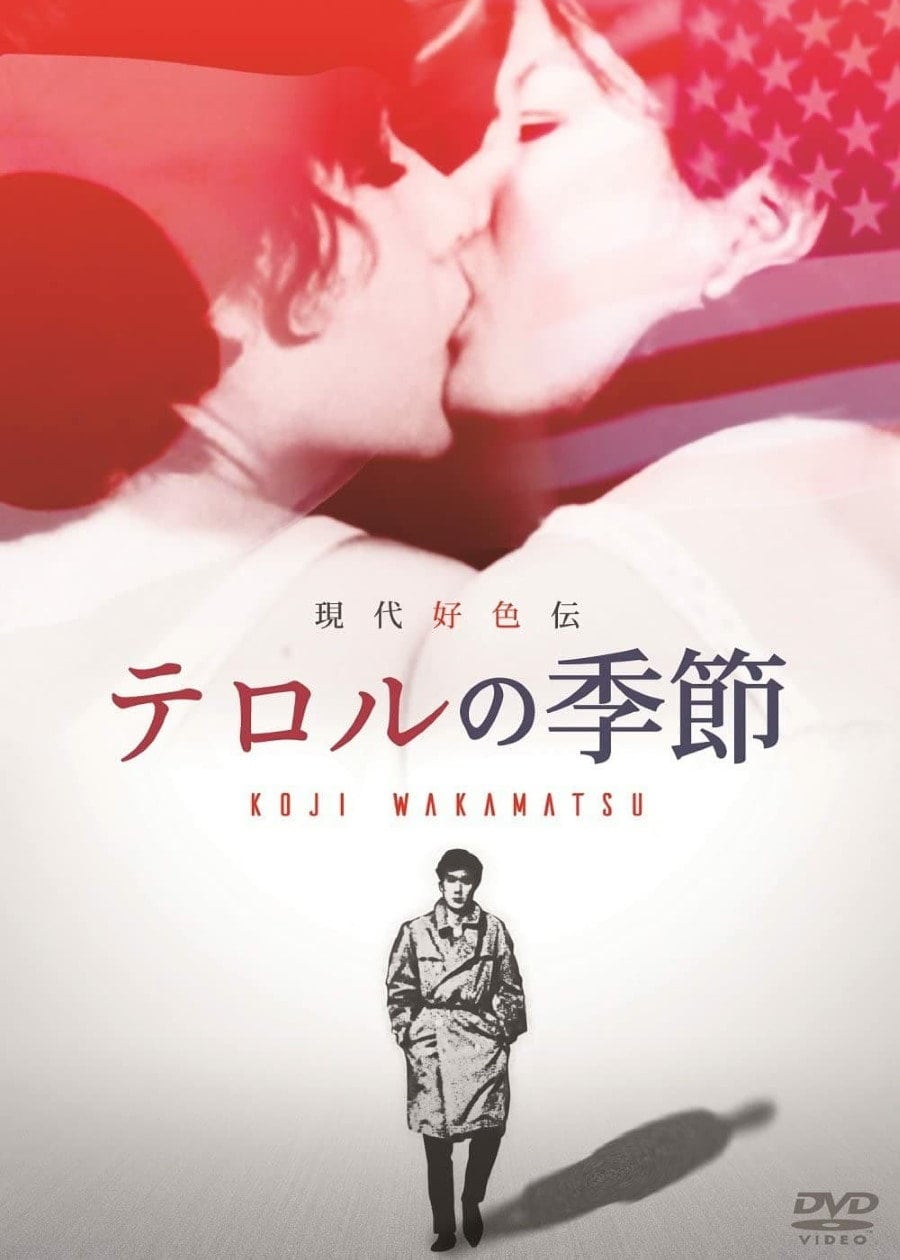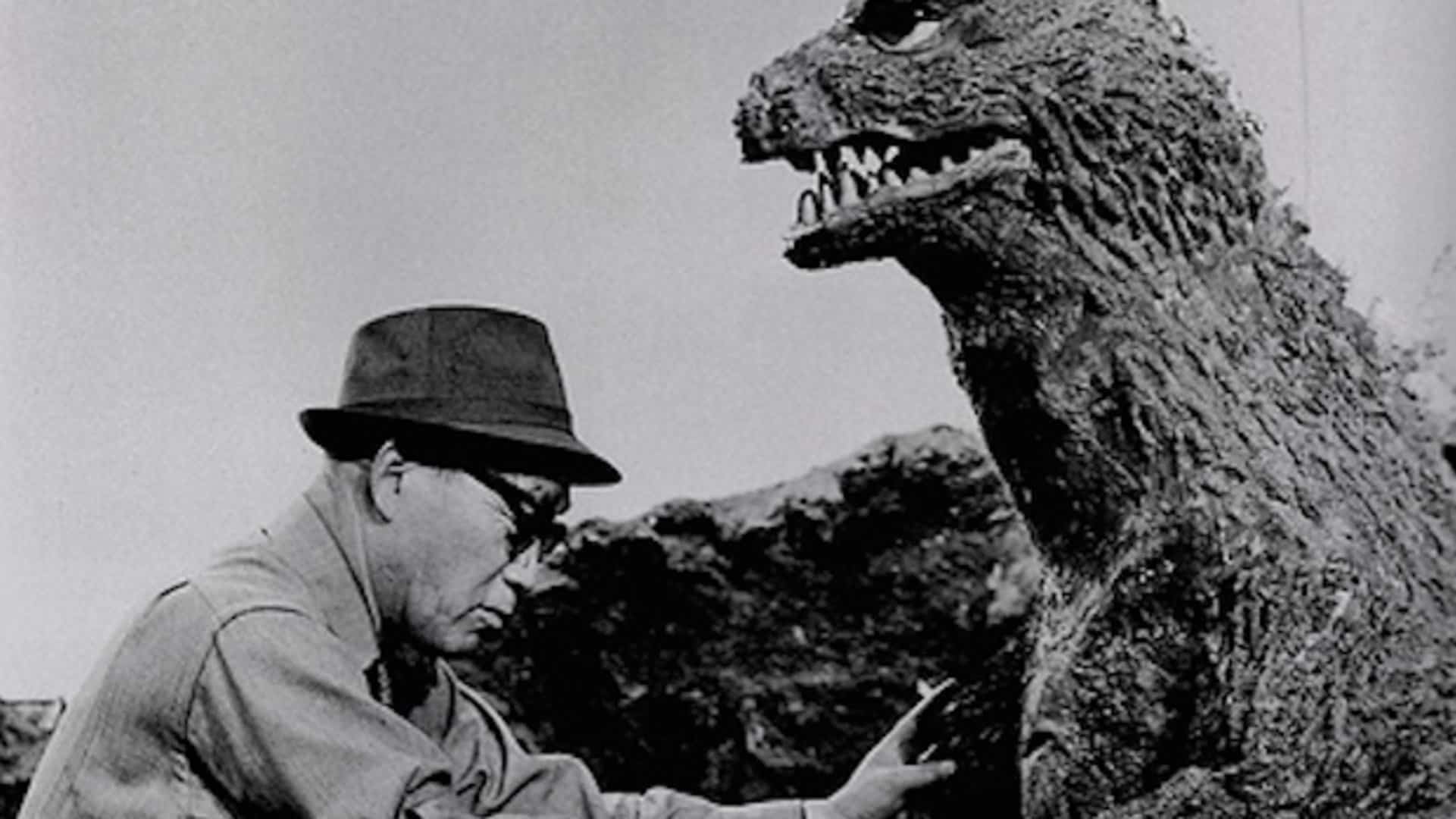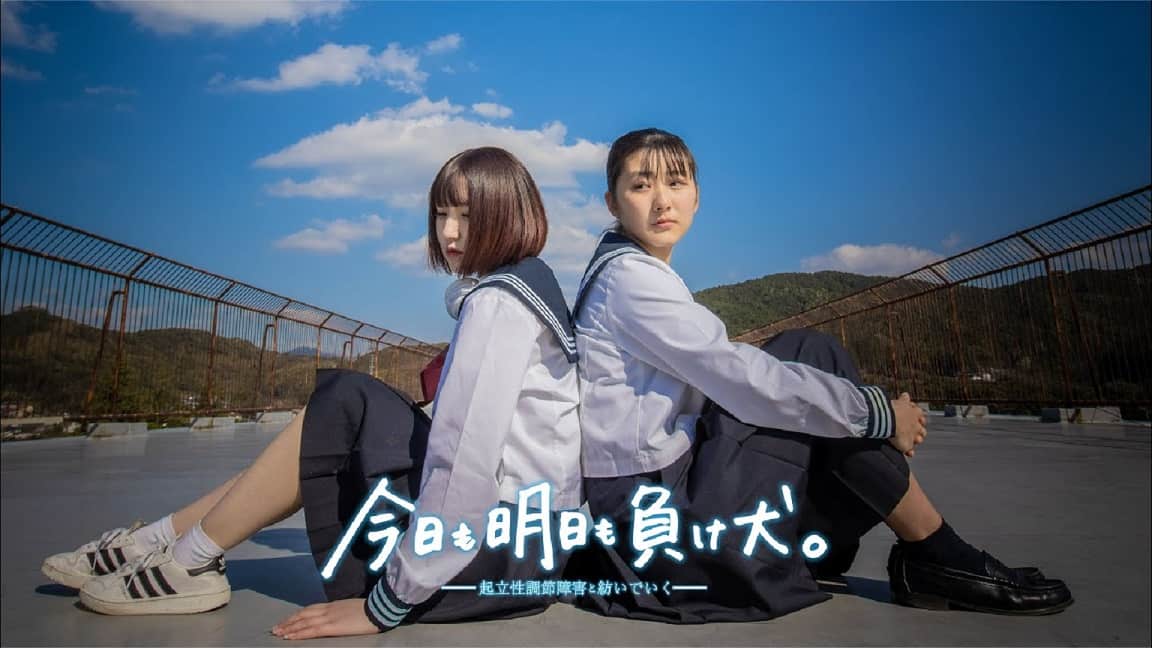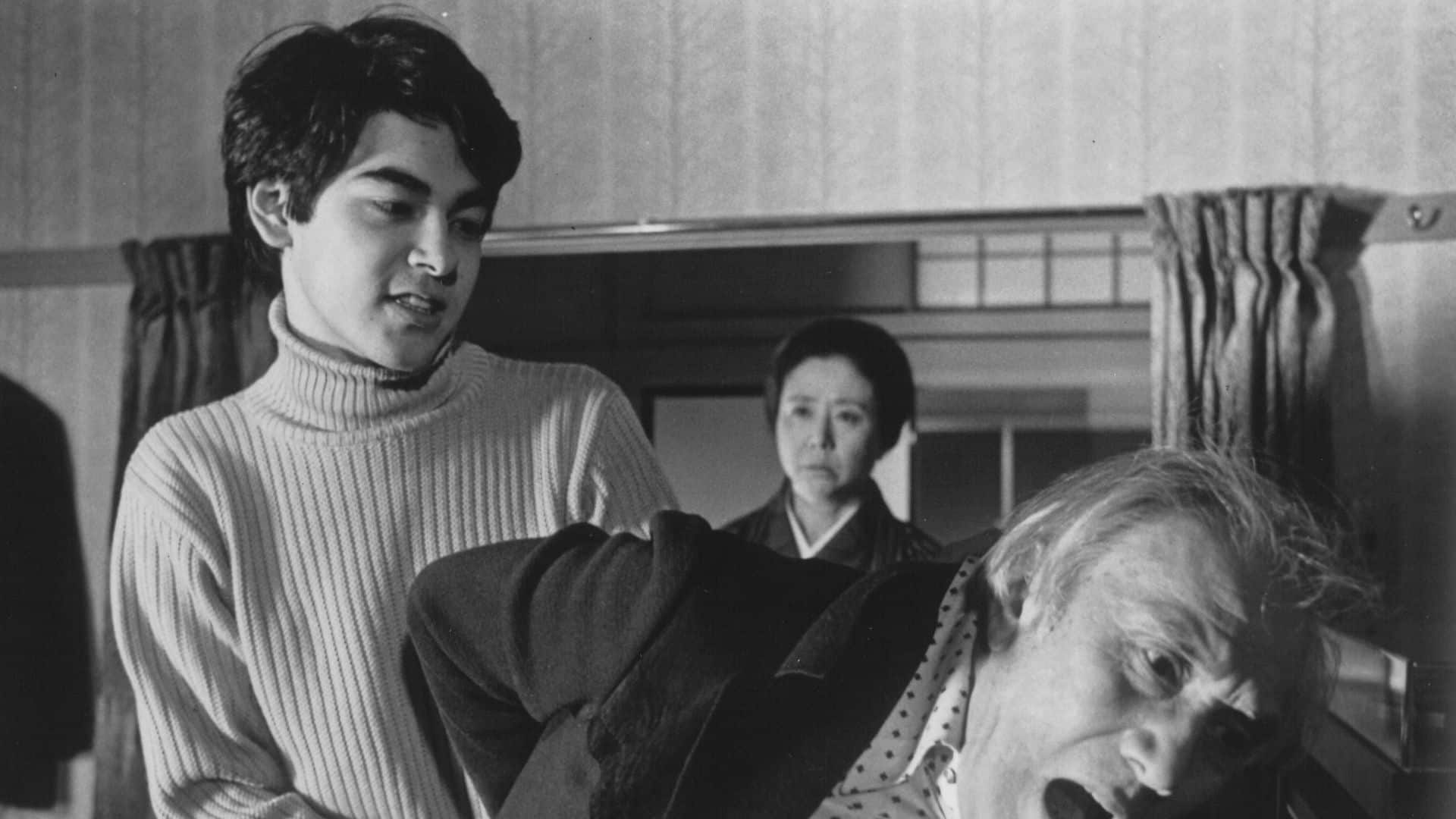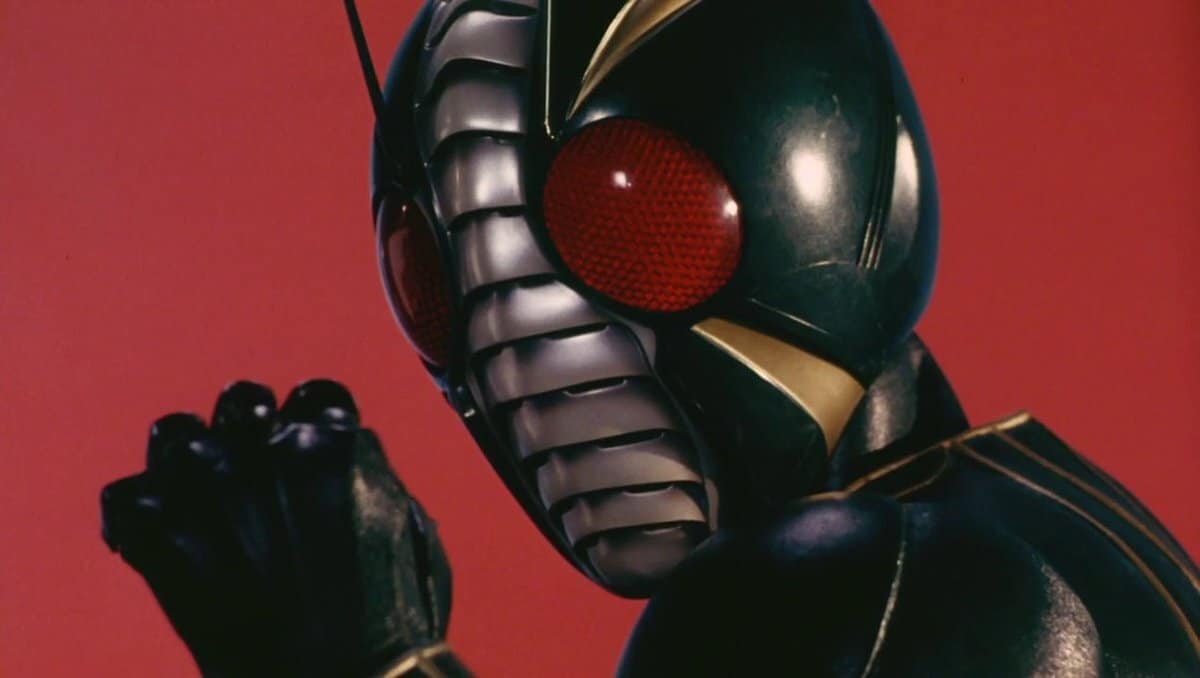By the late 60s and the beginning of 70s, a number of independent filmmakers frequently mixed fiction with non-fiction while appropriating journalistic materials of well-known media events. Nagisa Oshima and Koji Wakamatsu were two of the most prominent directors in that regard, with “Season of Terror”, which was released just two months after “Go, Go, Second Time Virgin” , being a prominent sample.
Buy This Title
by clicking on the image below
In that fashion, the movie begins by presenting a series of press photographs and newspaper headlines, mostly focusing on the student riots and their clashes with the police, along with the military training of what appears to be a rightist group. As soon as the rather impressive montage is finished, we are introduced to the first protagonist of the movie, a former radical leader who has been out of sight for quite some time. Next, we get to meet the other two, with two policemen who have received reports by an informant that the young man is planning to assassinate PM Sato, who is about to leave for the US to negotiate about the return of Okinawa.
To do so, they plant a bug in his apartment and start listening to him through the apartment of a single across the street, whose owner has agreed to let them use one of the rooms. However, what they hear is not revolutionary in any way, since the young man seems to stay in his apartment all day, only being visited by two young beautiful women, who take care of his every need, and have almost constant sex with him. The visit of an old friend is the only moment they gain some info, with the visitor, however, ending up chastising the former activist for abandoning the “struggle”. As he accuses him of desertion and essentially considers him a hippy, the two policemen start to realize how futile the week they have to spend there is. If that was not enough, during the nights, the woman in the apartment the two officers are staying is also having sex.
One of the main and most evident purposes here is evidently to criticize the police, in a way though, that can only be described as intense mocking. Starting from the torturing of the informant, and continuing with the fact their “mission” is relegated into peeping in various forms, the ridiculousness of their actions becomes rather obvious. Their rhetoric, particularly of the younger of the two, since the older one seems to be somewhat more cynic, also moves in the same direction, with him mentioning torture as means to an end and compassion as a completely unnecessary concept. That the woman owner of the house has sex almost every night and essentially treats them as guests in a somewhat forceful manner, barging into their room to bring them tea and food whenever she likes, furthers their ridicule even more.
Where this aspect is cemented, though, is definitely on the finale of the movie, with Wakamatsu presenting it as quite ironic, again in the same mocking path. At the same time, and in a rather interesting aspect, the finale also makes the viewer question the whole movie and what we were seeing until that moment, particularly regarding the behavior and action of the young activist, in one of the best traits of the film, highlighting both Kazuo Komizu's writing and Wakamatsu's direction.
While essentially a pinku film, wherein Wakamatsu and Adachi ingeniously utilized the medium's freedom to make pointed sociopolitical commentary, Wakamatsu found himself compelled to incorporate numerous sex scenes adhering to the genre's “guidelines”. Consequently, the film brims with erotic sequences, approached this time with a delicate balance between the artistic and the voyeuristic. Wakamatsu strategically situates the camera at a distance from the protagonists for most of the film, minimizing overt titillation, although the recurring threesomes contribute to this aspect. Moreover, within the film's framework, the voyeurs are portrayed as policemen, further enhancing the underlying satire and imparting the sex scenes with a distinct contextual significance.
In that regard, Hideo Ito's black-and-white cinematography is excellent throughout, with the way he presents the two apartments as completely different spaces, with the one of the police being claustrophobic and the one of the revolutionary, a place of sex, being truly impressive to watch. The editing, with the exception of the rather fast introductory montage, results in a leisure pace, with Wakamatsu lingering intently on the sex scenes, and passing the rest in faster fashion. The buildup to the finale, though, which comes at an ideal moment in 78 minutes of the movie, is rather competent, with the splash of color also working well.
The acting definitely has a secondary role here, with the women appearing almost exclusively in sex scenes, and the men playing archetypal roles, even through this radically unusual approach Wakamatsu implements here.
“Season of Terror” is another testament to how Wakamatsu could take the sex film and make social comments and political statements through it, and a movie that has definitely stood the test of time


